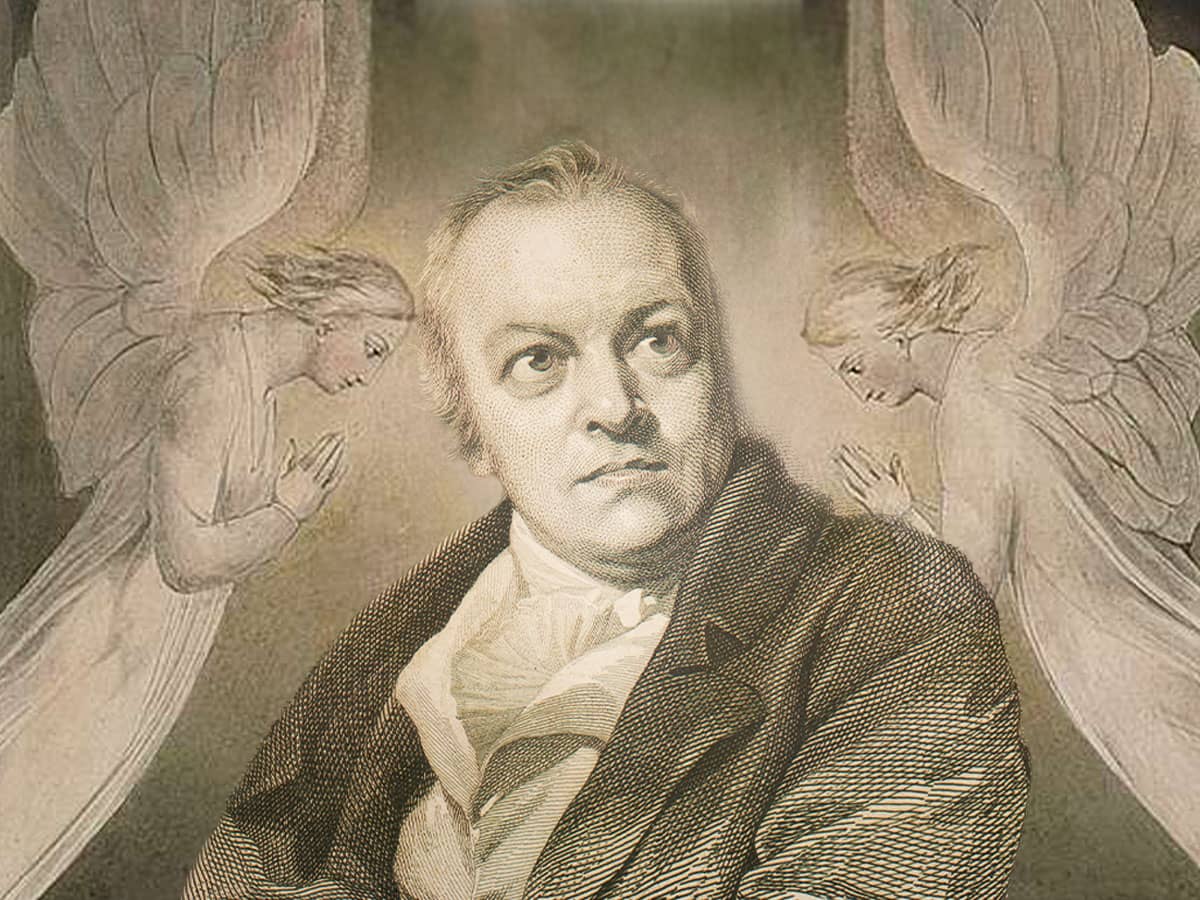
Change, runs the cliché, is good. But it’s also difficult. To lose a few pounds, break a bad habit…those things, for most of us, are pretty doable. But to change on a deep level—to really and truly become different from what we were before—that’s another matter entirely.
That’s why, when discussing spiritual transformation—the most difficult, most challenging variety of change there is—people have so often brought up the most singularly miraculous transformation in all of nature: when the humble caterpillar becomes that airy, flower-flitting, nectar-drinking, quintessentially heavenly creature called the butterfly.
But that, of course, is just the point. One day, after weeks or months of crawling around, eating, shedding its skin (caterpillars normally do this five times), and avoiding being eaten (a daunting task, as countless birds and animals depend on them for food), the caterpillar gets a courageous new inspiration. It finds a safe, secure spot—the branch of a tree perhaps, or the ceiling of a back porch—and hangs itself from a little anchor of silk. It then sheds its skin for the final time, and turns into a hard, peapod-shaped object called a pupa (from the Latin for “doll,” a reference to the object’s resemblance to a baby wrapped in swaddling clothes.
In many species, as the pupa hardens, small, golden spots appear on its surface, spots which give the pupa its other, more familiar name of chrysalis (from the Greek word for gold). Within the chrysalis, a genuine miracle occurs. Over a matter of days or weeks, depending on the species, the caterpillar literally disintegrates. Then, out of that pulpy, formless mass, a new creature coheres. A butterfly is born.
It’s a transformation that is as mysterious now as it was in the ancient world. “Most people," Eric Grace writes in his book “The World of the Monarch Butterfly,” “imagine the transition going on in the pupa as a steady merging from one form or the other, with a part-caterpillar, part-butterfly stage halfway. In fact, during the chrysalis stage, the caterpillar is almost completely broken down in a soup of cells before the butterfly becomes built up.”
The caterpillar that wrapped itself up in its chrysalis and the butterfly that ultimately breaks out of it are both the same animal and not the same animal at all. It’s this paradox that makes the miracle of the chrysalis such a vivid metaphor for the transformations of the spirit—that myriad of impossible changes which the soul must undergo on its own journey toward perfection.
In ancient Greece the same word—psyche—was used to signify “butterfly” and “soul.” Ancient Christian writers, meanwhile, saw the ultimate caterpillar-to-butterfly parallel in the resurrected Christ, whose body was, and was not, the suffering mortal body crucified on the cross.
What is the ultimate lesson hiding behind all these varied images? Perhaps the 16th-century Spanish mystic Teresa of Avila said it best in her classic spiritual instruction manual “The Interior Castle.” “The silkworm,” she wrote, "is like the soul. When it is full-grown, it starts to spin its silk and to build the house in which it is to die. Let us hasten to perform this task and spin this cocoon. Let the silkworm die--let it die, as in fact it does when it has completed the work which it was created to do.”
The silkworm Teresa talks about here is our smaller self: that part in each of us that is afraid of change of any kind, afraid to give itself over to God for even a moment. The self that bumbles and gropes along, intent on its appetites, earthbound and entirely oblivious to the larger, heavenly world above it: our inner caterpillar.
To become what it is destined to be, the caterpillar cannot change a little here or a little there. It has to transform completely. It was Teresa’s understanding of this—her willingness to sacrifice that ever-hungry, earthbound aspect of herself—that transformed her from a humble Spanish nun into the leader of a religious order and one of the great religious geniuses of all time.
But even for those of us who are not up to such heroic standards of sanctity and holiness, the miracle of the chrysalis is one we can take to heart just the same. Whether we are a great mystic, or just an ordinary person who wants God’s help in becoming better, change always means dying a little. Like the lowly caterpillar, all of us are humble and flawed. But also like the caterpillar, we are built for transformation, creatures capable of metamorphoses more wonderful and surprising than our wildest dreams. All we need is the courage to allow them.

